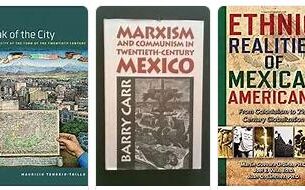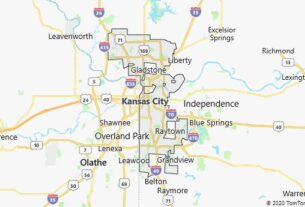CULTURE: LITERATURE.
Both traditions contribute to the affirmation of realism and converge in the work of M. Twain (1835-1910), the most popular storyteller of the second half of the nineteenth century, who expresses both the new western reality and the disillusionment with the American myth, and the adherence to the popular roots of America (including the adoption of jargon and spoken language, as in Whitman) and dissatisfaction with the Gilded Age, the golden age of industrial and commercial expansionism that subordinates everything to its own affirmation. A humorous writer of great satirical verve from the beginning, already writing about life in Nevada or Mississippi, Twain reveals the reality beneath the myth, the worm that corrodes the gaudy surface; in his masterpiece, Adventures of Huckleberry Finn (Adventures of Huckleberry Finn), the company is rejected in the name of individual freedom from constraints and exploitation, but there is no real escape neither for nor Huck for Jim African American. In the works that coincide with the turn of the century, Twain’s vision closes in a tragic and bitter pessimism that involves man as an individual and every society of men. In him, the direct and personal contact with the world of commercial and industrial expansionism results in disgust and rejection: it is the same path that the writers of realism follow – the narrative current that is affirmed towards the end of the century also on the model of European experiences. Theorist and practitioner of measured or reticent realism (genteel), WD Howells (1837-1920) gives a faithful picture of the dilemmas and contrasts of the time in a whole series of costume novels, before turning in reaction to socialism and utopian fiction. In its wake, but with greater aggressiveness and will to social denunciation, are the writers of American naturalism or realism, from H. Garland (1860-1940), who coined the term veritism and is inspired by the terrible agricultural conditions of the Middwest, to F Norris (1870-1902), who moves from the clinical picture of human and urban degeneration in San Francisco to the almost visionary reconstruction of an unfinished “wheat trilogy”; by S. Crane (1871-1900), who is however in the balance between naturalism and impressionistic writing, a J. London (1876-1916), proponent of a vitalism between socialist and Nietzschean and tinged with decadent forms; from H. Frederick (1856-1898) to the later U. Sinclair (1878-1968), who brought the naturalistic trend to the full twentieth century. WS Porter (O. Henry, 1862-1910) is inspired by less committed and more imaginative forms of realism, while some works by E. Wharton (1862-1937), in other ways continuator of H. James, can be traced back to a naturalistic matrix. in the field of the novel of manners and international contrast, by W. Cather (1876-1947) and E. Glasgow (1874-1945), whose contribution to the novel, however, goes beyond the realistic trend. United States is a country located in North America according to THERELIGIONFAQS.COM.
Naturalism at the end of the century is mixed with tendencies towards symbolism, decadence or even aestheticism. S. Crane aspires to art writing, is an admirer of J. Conrad and James, and with H. James (1843-1916) America achieved the greatest artistic success in the novel. Open to the stimuli and influences of realism in its central phase, James places himself on the opposite side of Twain. As much he is coarse, giggle, bloodthirsty and aggressive, so much James is shy and refined, obsessed with problems of form and language.
One looks to the West, the other turns his nostalgic gaze to Europe and the English tradition, until he moves almost definitively to Europe in 1876. One relies on the strength of reality, the other refines throughout life, the means of expression that allows him to trace perfect figures of human destiny, perfects the principle of the circumscribed point of view, of indirect or abstract form, of symbolism. He also writes about The Portrait of a Lady (Portrait of a Lady), are focused on the international theme, ie on the opposition Europe-America, according to a formula that sees the ignorance of the world and the moral innocence of Americans struggle with the European civilization under the luster artistic and worldly hides corruption. The terms of the contrast are subtly overturned in the last great novels, which already stand as examples of twentieth-century fiction due to the complexity of the vision, the symbolism and the formal construction, of the relationship between the external and internal world. James’s detachment from America is also a rejection of American materialism and the tacky opulent society: a tragic and bitter vision of his decay informs the work of a New England heir like H. Adams (1838-1918), among the first to understand the meaning of contemporary dispersion. One reaction is towards utopian fiction, as in E. Bellamy (1850-1898); the other is towards the interiority of the soul and conscience. In his human and cultural isolation at the center of a New England whose values he no longer recognizes, E. Dickinson (1830-1886) gives the highest and most intense expression to the lyrical voice, tackling the themes of loneliness and solitude with clear clairvoyance. love, death and immortality with modern immediacy and fragmentation of poetic dictation. His is electric and burning poetry. In the South, S. Lanier (1842-1881) refers to Poe and tries to identify music and poetry; with PL Dunbar (1872-1906) Afro-American poetry was born; WV Moody (1863-1910) expresses the philosophical uncertainty of the transition to the new century: with Dickinson it already seems to be in the middle of the twentieth century.



